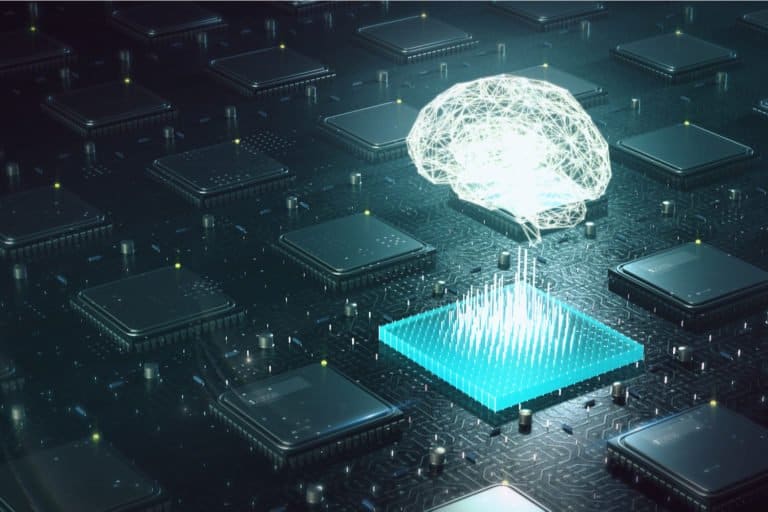Deep learning for the development and training of large AI models is reaching its limits. This is what researchers at the American university MIT concluded in a recent study. The reason for this is that the required computing power can no longer grow.
Deep learning is nowadays widely used for developing and training large-scale AI models. This method is mainly a prerequisite for image classification, object detection and answering questions. This requires a great deal of computing power, and the larger the deep learning processes become, the more extensive they need to be.
Lots of computing power required
According to the researchers at MIT, that’s where the big problem lies. Research from more than a thousand research papers shows that this computing power is currently at its limit and can no longer grow under the current circumstances.
Deep learning does not accidentally use a lot of computing power, according to the researchers. Deep learning uses a lot of computing power ‘by design’, especially when it comes to flexibility. Deep learning can be used to build and train models for different events and also to ‘outperform’ expert models. However, these actions require a lot of computing power, so the cost of computing power for deep learning increases rapidly.
Unsustainable computing power requirements
According to the researchers, the necessary computing power will soon reach the point where it can no longer be justified at a financial, technical and sustainable level. As a result, deep learning processes are reaching their limits because they will be limited in the amount of computing power they can use. The researchers referred to this as an ‘AI winter’.
AI specialists will have to figure out new possibilities. They will either have to improve the efficiency of deep learning, or they will be forced to use other more computationally efficient machine learning techniques, according to the researchers at MIT.
Solutions on the horizon
Fortunately, the researchers claim that these experts will come up with solutions for this crisis. For example, better algorithms and other methods of machine learning. They also expect that the definitive arrival of quantum computing will help put an end to the computational power limit that deep learning is currently facing.
